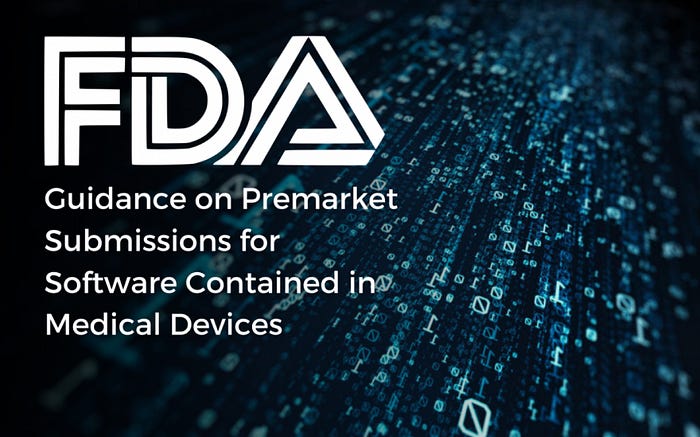
FDA Submissions for Medical Devices: Key Cybersecurity Requirements

When submitting medical devices for FDA approval, manufacturers must address specific cybersecurity concerns as part of their premarket submissions. The FDA expects comprehensive documentation to demonstrate that cybersecurity risks have been identified, assessed, and mitigated. Here’s what the FDA typically looks for in these submissions:
1. Cybersecurity Documentation:
a) Risk Analysis and Management: Detailed analysis of potential cybersecurity threats and vulnerabilities associated with the device. This should include a risk assessment that prioritizes risks based on their potential impact and likelihood.
b) Mitigation Strategies: Clear description of the measures taken to mitigate identified risks, such as encryption, authentication controls, and secure software development practices.
c) Testing and Validation: Evidence that the device has undergone rigorous testing, including vulnerability assessments and penetration testing, to verify its security controls.
2. Security Controls:
a) Authentication and Authorization: Implementation of strong access controls to prevent unauthorized access to the device.
b) Data Integrity: Mechanisms to ensure that data transmitted and stored by the device cannot be altered or tampered with.
c) Software Updates: Processes for securely updating the device’s software, including the ability to patch vulnerabilities without compromising the device’s function.
3. Postmarket Cybersecurity Management:
a) Monitoring: A plan for continuous monitoring of the device for new cybersecurity threats.
b) Incident Response: Procedures for responding to and reporting cybersecurity incidents that could impact the safety and effectiveness of the device.
How KLEAP Can Help with VAPT for FDA Submissions
KLEAP Cybersecurity LLC can assist manufacturers in meeting FDA cybersecurity requirements through comprehensive Vulnerability Assessment and Penetration Testing (VAPT) services tailored specifically for medical devices and related software. Here’s how KLEAP can support your FDA submission process:
1. In-Depth Vulnerability Assessment:
a) Identification of Weaknesses: KLEAP can conduct thorough assessments to identify potential vulnerabilities in your device’s software, firmware, and network interfaces. This includes testing for known vulnerabilities as well as zero-day threats.
b) Compliance Mapping: Our experts will map identified vulnerabilities to relevant FDA cybersecurity guidelines, helping you understand and address specific compliance requirements.
2. Penetration Testing:
a) Simulated Attacks: KLEAP performs controlled penetration tests that simulate real-world cyberattacks to evaluate how your device and software stand up against various threats. This includes testing for common attack vectors such as unauthorized access, data breaches, and malware injection.
b) Risk Mitigation Recommendations: After testing, we provide a detailed report with actionable recommendations to mitigate identified risks, ensuring your device’s security posture aligns with FDA expectations.
3. Documentation Support:
a) Compliance Reporting: KLEAP can assist in preparing the necessary documentation for your FDA submission, including detailed reports on the security controls implemented, the results of the VAPT, and the risk management processes followed.
b) Post-Submission Support: We also offer ongoing support to help you monitor your device for new threats and vulnerabilities, ensuring continued compliance with FDA postmarket cybersecurity requirements.
By partnering with KLEAP, manufacturers can enhance the security of their medical devices and software, reduce the risk of cybersecurity-related FDA submission delays, and ensure that their products are safe and secure for end-users.